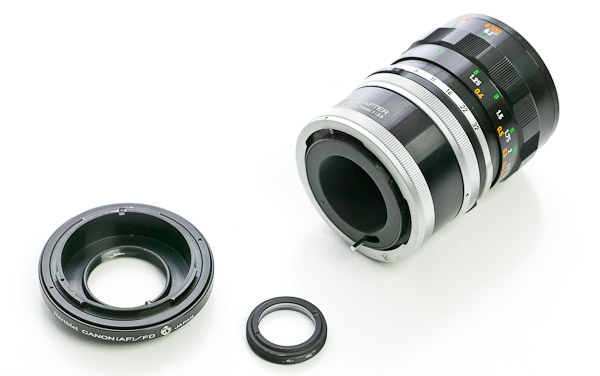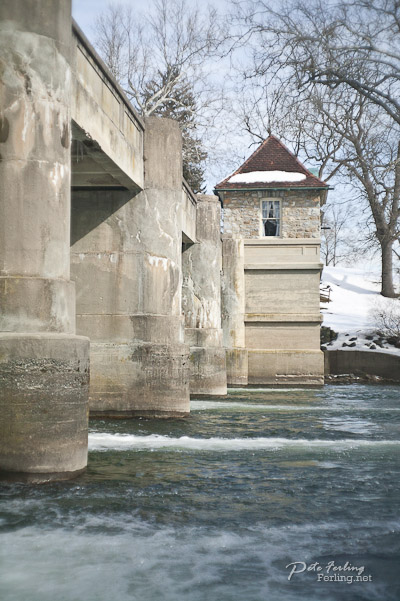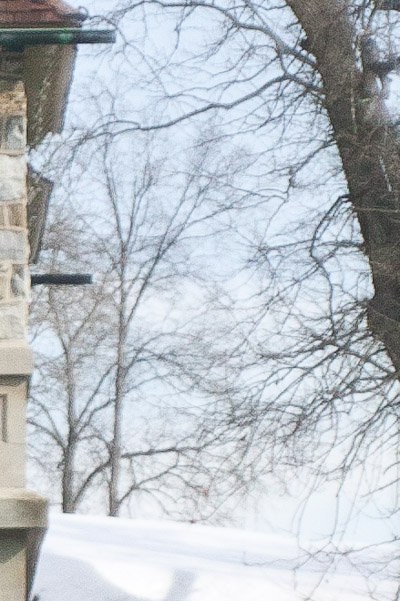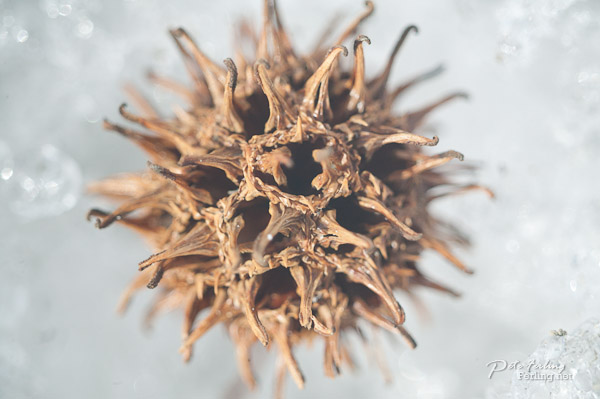
Canon FL 50mm f3.5 Macro, with 1:1 Life-Size Adaptor |
||
|---|---|---|
|
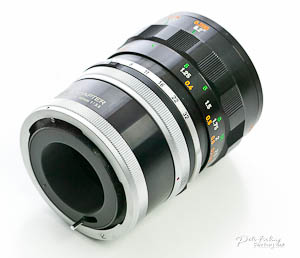 |
|
I purchased this lens in lieu of some macro photography needed at my day job, and thought it fitting to incorporate my findings here to share with the community. The lens was also used as a component with a larger Macro study, which you can read here. The 50mm f3.5 macro is also a desirable lens, and particularly useful when used with the Canon Life-Size adaptor, which pushes the lens into a 1:1 macro ratio, (it's 1:2 without). Being an FL lens, it lacks the higher grade Super Spectra Coating (S.S.C) of it's newer FD cousins. However, it's primary element is recessed well back into the body, and is somewhat protected from lens flare. In my testing I encountered only one shot where lens flare became an issue, and only when pointed towards the sun in a manner that would have affected most other lenses anyway. A 'benefit' of FL lenses over FD, is the ability to manually stop down the lens aperture without requiring mechanical linkage from the camera. Very useful when used on bellows and digital bodies (via an adaptor), and any FD adaptor will work with these lenses as they share the same bayonet mount, but do not require a stop down mechanism that some adaptors may lack. At f3.5, it's a slow lens for indoor photography, and not the best choice for portraits (when used on a 1.6 crop sensor camera). However, it is one very sharp lens, and a bargain on auction sites. In my opinion, when combined with a $30 adaptor, its the cheapest true macro lens bang for your buck. Regarding the adaptor, when used in macro and with the 1:1 life-size extension tube, you can remove the inner glass elements of your adaptor, and not worry about the extra distortion and aberrations that such elements present.
This particular lens and life-size adapter was purchased as a set from Keh.com, and at $69, a bargain. It is in absolutely flawless condition, and looks new. Even the mount was scratch free, and having the original caps, a good bet that it was left over new stock. In testing, I kept the adaptor elements installed for my little walk in the park, so I could use the lens normally on a 1Ds. Right away I noticed that it just barely hit infinity focus. It seems that the adaptors glass elements assembly would strike the lens' rear elements when attempting to fully set at infinity focus. So while I could focus on much of the foreground elements, very distance elements, mountains and trees, were muddy.
I'm ok with that as such will only affect a small number of my shots, and when I have a need for sharp distant objects, different technique comes into play (such as using a tripod and a wider lens geared for landscape). In that respect, I find that this distant distortion contributes to that holy-grail "3D" look that comes with some of the more pricey or rare lenses. How does it perform as a macro? take a look at the unsharpened and uncorrected shot of the Sweat Gum Tree seed pod below, that I found lying in the snow:
I really enjoy finding a lens that does much to help me create unique images, and while I may find favor in using my 50 f1.4 for reportage, portraiture and indoor use. The FL 50mm macro does present some compelling options for more creative photography. Much of that, I believe, is now only realized due the greater control now capable with shooting in both digital RAW format, and the post creative process. To think that we can now unlock the greatest potential of a lens that is over forty years old, is something amazing. Film never had a chance.
Keep shooting.
|
||




